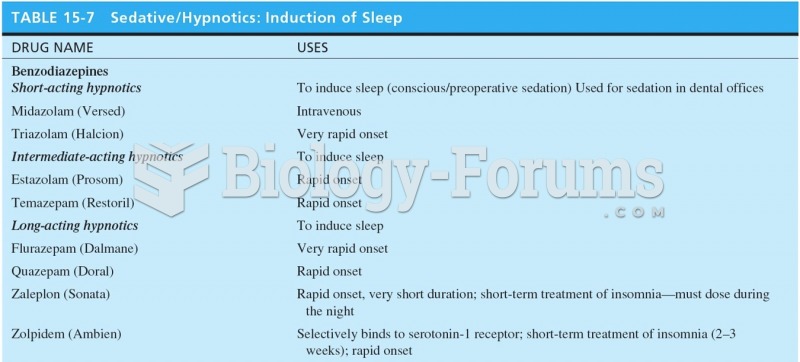Answer to Question 1
Young adults deprived of a night's sleep show deficits on memory tasks. In contrast, if people learn something and then go to sleep, or even take a nap, their memory often becomes better than it was before the sleep. That is, we see not just an absence of forgetting but also a gain of memory. The amount of improvement varies from one study to another and from one type of learning task to another. Still, reviewing something right before you go to sleep is a helpful strategy. In one study, people viewed 50 objects making a sound (such as a cat meowing) in various locations on a computer screen. Then they took a nap, during which they heard some of those sounds again. After the nap, they were tested on their memory for the location of each object on the screen. They showed enhanced memory for the objects whose sounds they heard during the nap. Evidently the sounds reminded them of the in- formation, and the brain then processed that information again.
Sleep also helps people reanalyze their memories: In one study, people who had just practiced a complex task were more likely to perceive a hidden rule (an aha experience) after a period of sleep than after a similar period of wakefulness. Another study found that a nap that included REM sleep enhanced performance on certain kinds of creative problem solving. However, an afternoon nap also leaves someone less alert than usual for the next half hour.
How does sleep enhance memory? Researchers recorded activity in the hippocampus during learning, and then recorded from the same locations during sleep, using microelectrodes within cells for laboratory animals and electrodes on the scalp for humans. The results: Patterns that occurred during sleep resembled those that occurred during learning, except that they were more rapid during sleep. Furthermore, the amount of hippocampal activity during sleep correlated highly with the subsequent improvement in performance. These results suggest that the brain replays its daily experiences during sleep. However, further research found that the sleeping brain replays its experience backward as often as forward, and that it sometimes replays less common experiences more often than more common ones. Also, the hippocampus replays recently learned patterns during quiet waking periods, not just during sleep. So the role of hippocampal replay during sleep is less clear than it once appeared to be.
One way for sleep to strengthen memory is by weeding out the less successful connections. Suppose that every time you learn something, your brain strengthened certain synapses without making adjustments elsewhere. As you learned more and more, you would have more and more brain activity. By middle age, your brain might be burning with constant activity. To prevent runaway overactivity, your brain compensates for strengthening some synapses by weakening or removing others, mostly during sleep. Weakening less appropriate synapses emphasizes the ones that were strengthened during wakefulness.
Another aspect of sleep's contribution to memory relates to sleep spindles. Recall that sleep spindles are waves of activity, about 12 to 14 Hz, that are particularly common during stage 2 sleep. They indicate an exchange of information between the thalamus and cerebral cortex. Sleep spindles increase in number after new learning, and the number of sleep spindles correlates positively with improvements in certain types of memory.
Answer to Question 2
During REM sleep, activity increased in the pons (which triggers the onset of REM sleep) and the limbic system (which is important for emotional responses). Activity decreased in the primary visual cortex, the motor cortex, and the dorsolateral prefrontal cortex but increased in parts of the parietal and temporal cortex. REM sleep is associated with a distinctive pattern of high-amplitude electrical potentials known as PGO waves, for pons-geniculate-occipital. Waves of neural activity are detected first in the pons, shortly afterward in the lateral geniculate nucleus of the thalamus, and then in the occipital cortex.
REM sleep apparently depends on a relationship between the neurotransmitters serotonin and acetylcholine. Injections of the drug carbachol, which stimulates acetylcholine synapses, quickly move a sleeper into REM sleep. Note that acetylcholine is important for both wakefulness and REM sleep, states of brain arousal. Serotonin and norepinephrine interrupt REM sleep.







